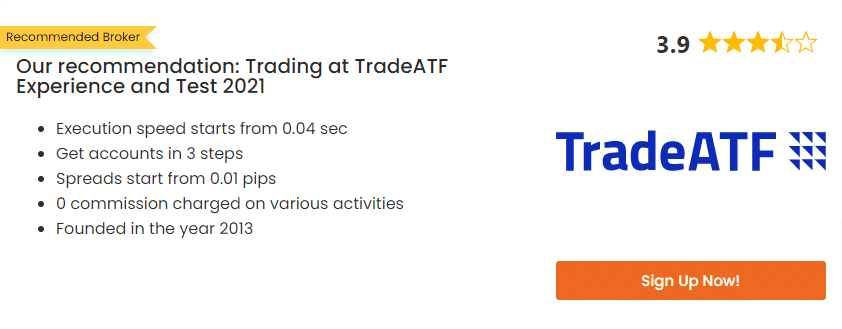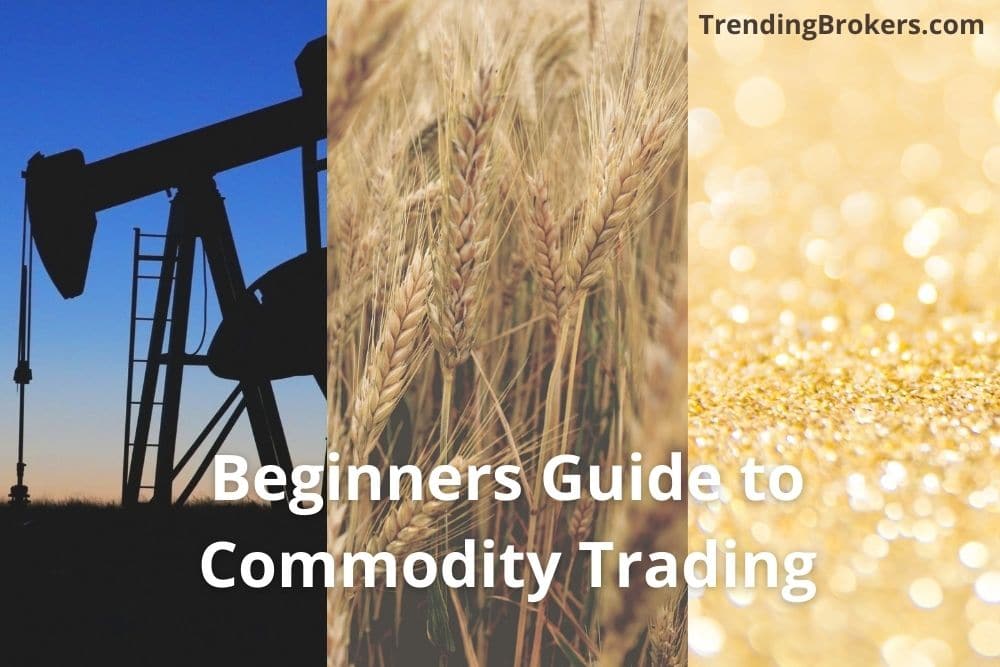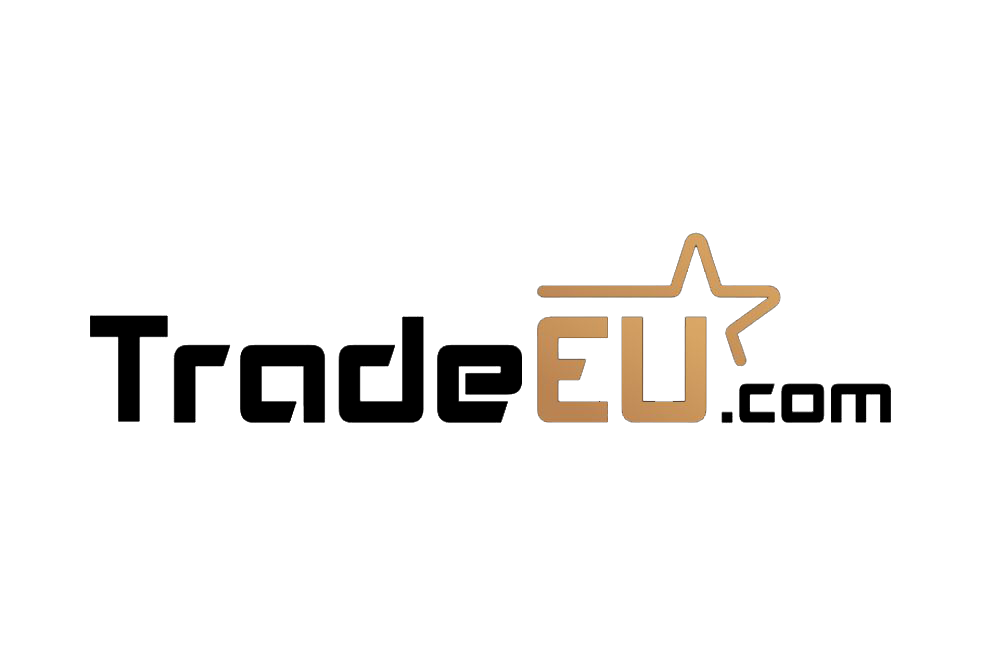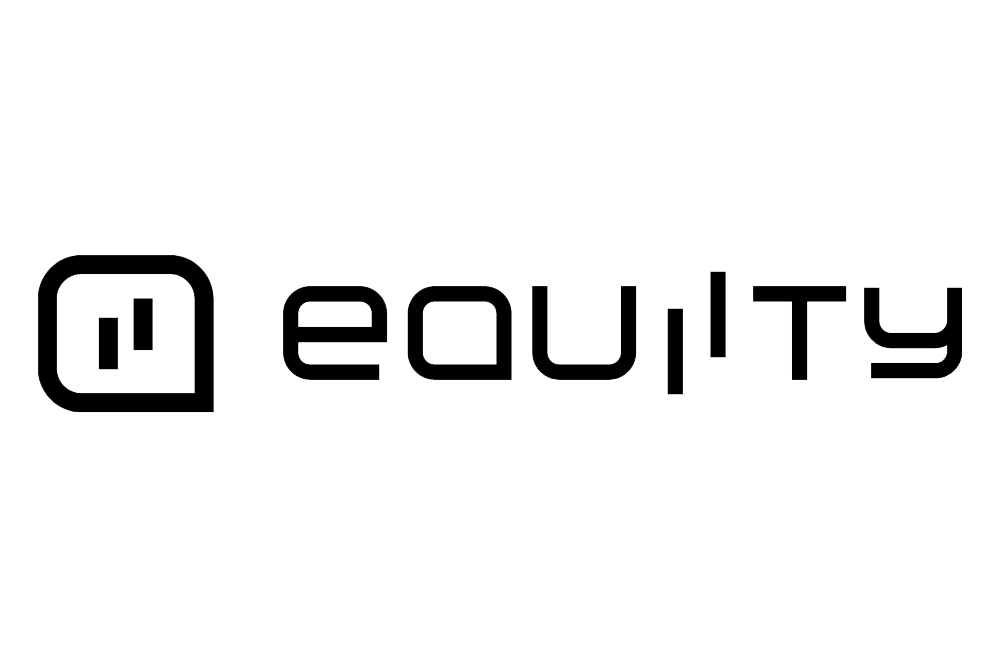Commodity trading is grabbing attention in modern-day trading. Commodities offer several opportunities for investors, who can invest in raw materials like gold, iron or oil and natural gas—investors who are inclining toward commodity trading because it offers some great opportunities to diversify your portfolio. In addition, both novice and professional traders have several opportunities to invest in financial products that can provide access to commodity exchanges.
The commodities are attracting young investors because of potential opportunities for higher returns due to the involvement of the bullion market. By buying precious metals through commodity trading, one can own the asset without its physical possession. The best part of commodity trading is that you don’t have to buy the physical asset. For example, gold, but still you can have a share on paper as an owner of the gold.
During times of stock market volatility, investors heavily rely on commodities. This is because, typically, the price movement in commodities is quite the opposite of the price movement in shares. But investing in commodities requires skills and knowledge of commodity markets. Moreover, risks involved in the commodity market are pretty high because of the high liquidity, as they include basic human needs.
What is Commodity trading?
Commodity trading is the process of buying and selling different assets based on the value of the underlying physical commodity. It involves the trading of raw materials like iron ore, livestock and agricultural products. Commodities play an essential role in daily life. They include crucial aspects of the consumption of natural resources by individuals and companies. Commodities are pretty different from other investments like stocks and bonds. Securities such as stocks and bonds are financial contracts, whereas commodities are physical products.
Before the evolution of modern financial markets, commodities were traded through routes developed in ancient times by physical means. Modern-day trading took birth from that era as the internet and technology evolved. Traders depend upon the variation in trends of supply and demand of commodities. The volatility in prices is born out of the supply and demand across the globe as when demand increases, the production will increase, and the price will move down, which results in the attention of investors.
Today the commodity market has become an international market for various purposes. Today, commodities are being traded on multiple exchanges around the world. You can trade commodities 24/5 a week.
Types of Commodities
There are several types of commodities that are further divided into two segments-hard commodities and soft commodities. Hard commodities are natural resources such as oil, natural gas and precious metals. In simple words, resources that can be mined or extracted come under the hard commodities. On the other hand, soft commodities are more associated with food resources such as grains, lentils, sugar, tea, etc. specifically livestock.
You can have a brief idea by understanding that commodities satisfy human needs, as they consist of food and energy. So food resources come under soft commodities, and energy resources come under hard commodities.
Hard Commodities
Energy
Coal, oil, natural gas, uranium and ethanol all come under the energy commodities. Several technological advancements can have a massive impact on the prices of energy commodities. The typical example is electrification in vehicles, resulting in a significant fall in demand for crude oil. As a result, the price of crude oil would be soaring.
Metals
Metal commodities include iron ore, copper, zinc etc. and precious metals such as silver trading, gold and platinum. Metal commodities contain all those metals that can be traded on an exchange in real-time. Traders often buy gold commodities to hedge against the long bull run. There are times when specific economies do not perform well, and the official currency of those countries see a fall in their value. Because of this, traders invest in precious metals to hedge against the foreign exchange market.
Soft Commodities
Agriculture and Livestock
Agricultural commodities include grains, wheat, sugarcane, lentils, other edibles and cotton also. Livestock, on the other hand, includes cattle, pork bellies and all live animals. They are also known as meat commodities. Prices of agricultural commodities vary according to season. In summers, one can witness the high volatility in the prices of grains. Other weather-related conditions might also affect the prices of agricultural products.
So it is essential for traders to be aware of the effect of weather on trading conditions. It’s better to watch your time frame while investing in agricultural commodities. Global export scenarios can affect livestock transportation, so one needs to be aware of the news of trade across the borders.
As we know, livestock commodities mainly contribute to the food industry. But they also have a vast contribution in textile industries where animal skin is used to manufacture clothes and other textile products. While agriculture and livestock are great options for the diversification of your portfolio, the volatility of this market needs your attention.
Types of Commodity Markets
There are different types of commodity exchanges where investors conduct trade in various sectors of commodities. Typically, traders choose to trade commodities through the spot market or derivative market. If you are a trader with decent experience, you would often listen to the terms “cash markets” and “physical markets”. They both are spot markets.
If you buy or sell physical commodities in spot markets, you will get instant delivery of those commodities. On the other hand, futures, forwards and options all are included in derivative markets. Futures are traded on exchanges whereas, forwards are traded over the counter (OTC). Futures are standard, while forwards can be customised.
While futures contracts of commodities are the most direct means to take advantage of the industry’s price movements, other types of investments with lower risk can provide adequate prospects for commodities exposure.
How do commodity markets work?
Both producers and consumers of commodities can participate in a common marketplace to hedge against inflation. This marketplace is called the commodity market. Traders diversify their portfolios by hedging against other assets, including commodities. The price of commodities moves against the stocks. Investors use this as an advantage to make profits during the turbulence in the stock market.
Commodities are exchanged across the world on a large scale in the market. They can be a physical or virtual marketplace where buying and selling of commodities take place on current or future dates. If a commodity is being traded on a future date, it means it is being done through a futures contract. The futures contract acts as a tool between a buyer and seller where the buyer would agree to pay the price at the time of the agreement, and the seller will deliver the commodity on a pre-decided future date.
Commodity trading is standardised and regulated by the commodity markets. Due to this, markets get more liquid and work efficiently. One can take advantage of this liquidity and make huge profits out of trading commodities. Volatile commodity markets lure traders to invest in commodities.

How to to start commodity trading?
There are various ways to start commodity trading. Traders use stocks, exchange-traded funds (ETFs), futures and mutual funds to invest in commodities.
- To enter commodities, investing in stocks is an excellent option for those who do not have experience in commodity exchanges. You can invest in stocks that are related to the commodity that you want to buy. If you are interested in investing in a specific commodity, you can ensure that the stock you are investing in is somehow related to that commodity.
- Stocks are likely to be easier to buy and hold as compared to others. As we discussed earlier, stocks are less volatile and can be an easy target for beginners who are inclining towards commodities. Investing in stocks through commodities offers you the pool of opportunities to diversify your portfolio by getting exposure to a specific sector. In addition, you can monitor the stock in which you have invested by keeping an eye on the underlying commodity.
- The stock price will follow the trends of the underlying commodity. So when the price of a commodity goes up, the stock price automatically moves up. That’s how investing will be quite beneficial in stocks associated with commodities that interest you.
- The futures contract acts as a tool between a buyer and seller where the buyer would agree to pay the price at the time of the agreement, and the seller will deliver the commodity on a pre-decided future date. If the contract’s value falls, you may face a margin call and be compelled to deposit additional money into your account in order to keep the trade open. Most futures contracts allow for the purchase of options.
- Buying and selling contracts on a futures market are the most frequent way to trade commodities. This is accomplished by entering into an agreement with another investor based on the future price of a commodity. To invest in futures trading, you should first open an account with a specialist brokerage firm that specialises in these kinds of deals.
- Depending on the broker, futures contracts will demand a different minimum deposit, and your account’s value will rise or fall with the value of the contract. Because of the high amount of leverage, tiny price fluctuations in commodities may result in enormous profits or significant losses, and a futures account might grow exponentially or completely vanish in a very short period of time. Thus, futures options can be a low-risk entry point into the futures markets.
- Commodity-based exchange-traded funds (ETFs), exchange-traded notes (ETNs) and mutual funds are also available. ETFs and ETNs move like stocks and allow investors to profit from commodity price fluctuations without directly participating in futures contracts.
- These funds accumulate money from many retail investors to create an extensive portfolio that follows the price of a commodity or a group of commodities. With a minimal investment, you can acquire access to a considerably broader choice of commodities than if you were to develop your own portfolio. Investing in and selling ETFs can be a good method to obtain exposure to a variety of commodities or commodity-related equities from a single position. ETNs, in particular, carry credit risk because they are backed by the issuer.
- ETFs and ETNs likewise have no management fees because they are being traded like stocks. Typically, Investors hold the ETF with the actual commodity they already have purchased. Investors’ disadvantage is that a significant change in the commodity’s price may not be reflected precisely because of the underlying ETF or ETN.
- In addition, the portfolio will be managed by a professional investor. However, you will be required to pay an additional management fee for the commodity fund to avoid the big chunk of the amount you have to pay in case of investment all by yourself.
Bottom Line
Today, if an investor is interested in diversifying their portfolio, s/he often looks at the commodity market as a great choice. Investors usually buy commodities with the help of a futures contract, which has to be signed to trade a specific commodity in future at a predetermined price. Commodity markets are traded similarly to other forms of financial markets. Still, there are a few things to keep in mind while getting started in commodity trading to prevent unpleasant surprises. For example, suppose a transaction goes against you, you might lose your capital amount even before closing your position.
Direct investing in commodity futures contracts is dangerous since markets may be unpredictable, especially for new investors. The demerit of having such immense potential for profit is also that losses may be amplified.


